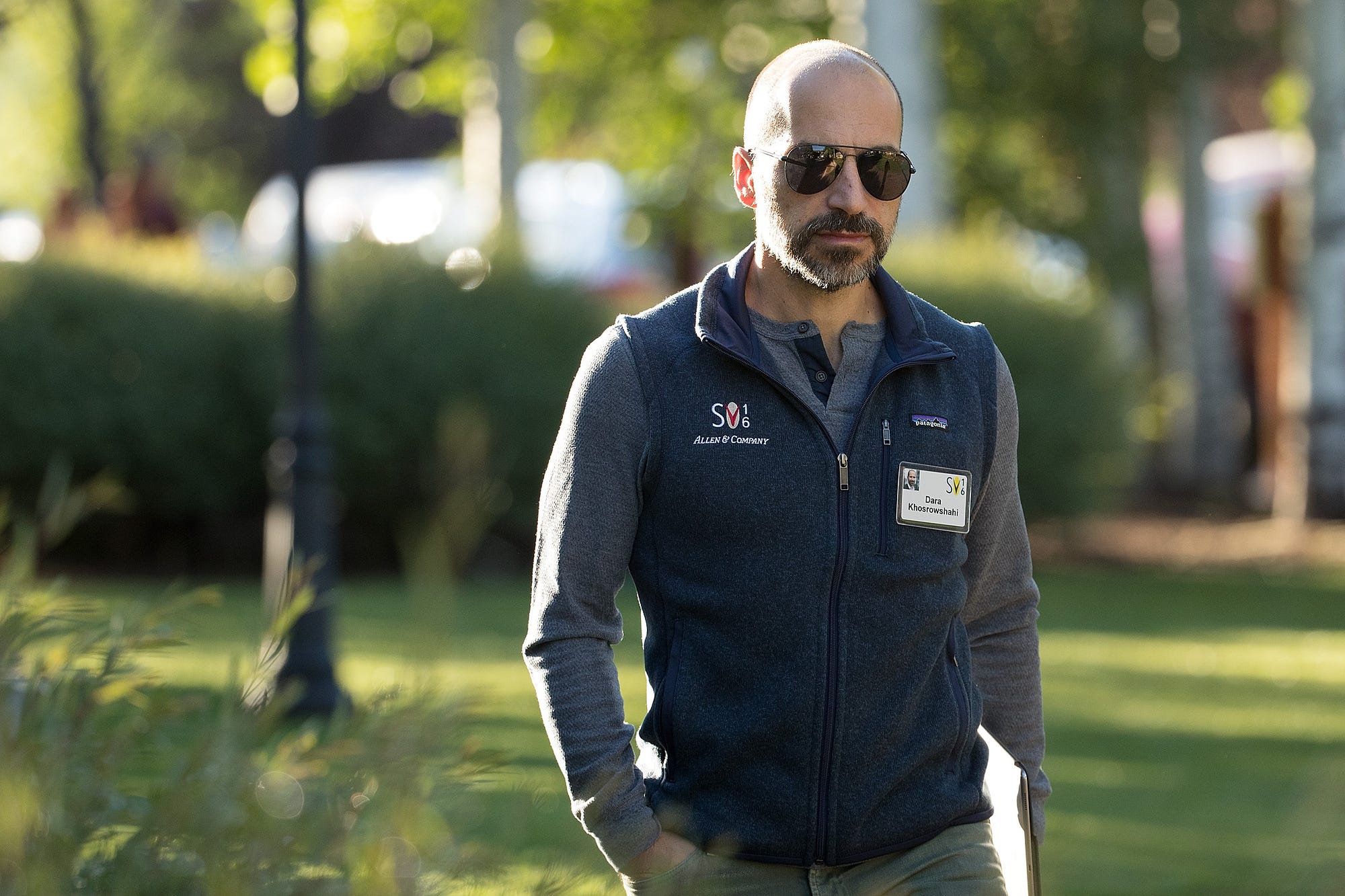FRIDAY FIVE

Well, here we are—only a few more days until the 2010s are behind us. It’s crazy to think it was already 20 years ago when people believed the millennium was going to cause random computers to explode. Those were truly the days — listening to Destiny’s Child and having the time to indulge in such irrational worries.
Today, instead, we are faced with more urgent and legitimate concerns that are ruining our world, which we won’t get into here because it’s the new year, and we should try to be positive.
The 2010s for the Bay Area was an interesting time of change — some good and some not so good. Certainly, there are a few trends we’d like to avoid carrying with us into the 2020s — these are our top five.
1. Tech-bro vests
At some point in the early 2010s, startup attire went from wearing a hoodie to wearing a fleece vest. Gone were the days of Mark Zuckerberg fashion when Jeff Bezos and his vest caught the heart of techies everywhere. Soon it became a staple uniform in the South Bay and San Francisco. From boardroom meetings to cocktail parties, people (mostly men but sometimes women) started to show up wearing their sometimes puffy, sometimes fuzzy — sometimes both — vests. Eventually, the backlash ensued. The satirical op-eds mocking the vest appeared in publications (guilty), and later, Patagonia (one of the most popular brands for said vests) distanced itself from tech bros by discontinuing corporate programs. The uniform became no longer cool — and yet (and yet!) these vests are still spotted around SOMA and the FIDI every day. Let’s hope 2020 marks the beginning of the end of this look once and for all.
2. Abandoned scooters
This decade marked the takeover of e-scooters, Silicon Valley’s attempt to disrupt walking and public transportation. At first glance, it seemed like a cool idea — especially for millennials. Yes, many of us have fond memories of riding manual scooters around the neighborhood when we were kids, so clearly, we were the market demographic. Putting a motor on a nostalgic scooter and taking it to work was truly revolutionary, but once it came to life, it became a nightmare. Instead of people happily scooting to work and parking them neatly on the sidewalk, it became quite clear that the city wasn’t equipped to house hundreds of these things. They crowded sidewalks. They were abandoned in the streets, blocking traffic. Sometimes, they polluted Lake Merritt. To put it mildly, people weren’t happy about it, and the backlash became so violent that feces were once involved. Let’s hope in 2020, we can act like adults, and if we must have e-scooters, let’s just set them upright politely like decent people.
3. Hella-expensive cocktails
San Francisco has always been synonymous with wine thanks to its proximity to wine country, but during the past decade, it also became synonymous with the fancy craft cocktail. This decade was full of craft drinks, and apparently, the artisanal touch increased the cost to make them, which trickled down to consumers. Indeed, it’s not hard to find a cocktail with a $21 price tag next to it. As the San Francisco Chronicle asked, Are $21 cocktails becoming the norm in San Francisco? Let’s hope not. In 2020, we’d like to at least keep our drinks under $20.
4. Wacky wellness
In the 2010s, the Bay Area was home to many strange fitness and diet fads. SF has always been a home for health enthusiasts, but it seems like the 2010s took it a little too far. Remember Raw Water, which was essentially bottled untreated water for an insane price tag? Or what about Soylent, a nasty yogurt-like soy meal replacement? And don’t forget biohacking, the Keto diet, fasting, and extreme meditation. National headlines were filled with wacky wellness trends one too many times, and it might be best to capture the country’s attention for other reasons in the next decade.
5. Making things “smart” that don’t need to be
From smart hair brushes to smart footwear, the 2010s became the decade when Silicon Valley went after our most mundane objects and tried to disrupt them to make them somehow better with technology. The most famous of all may be Juicero, a $400 Wi-Fi-connected juicer that came to represent everything that’s wrong with Silicon Valley’s attempt to fix things that don’t need to be fixed. It became widely mocked and eventually shut down. While we hope we don’t see our toothbrushes and underwear become smart this decade, we’re fearful that it’s likely.







